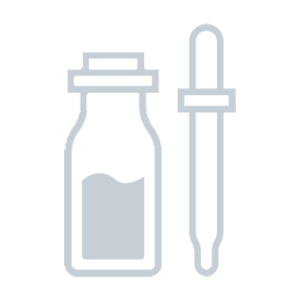Comparison between Ion Color Defense After-color Sealer vs. Paul Mitchell Invisiblewear Conditioner
- 31 components -
- 32 components -
Find out which product is better for your skin.
Ingredients in both products 10
Components only in Ion Color Defense After-color Sealer 21
Cetearyl Alcohol, Ceteareth-20, Stearamidopropyl Dimethylamine, Behentrimonium Chloride, Caprylyl Glycol and 16 more. Show all.
Uniqueness: 67.7%
Components only in Paul Mitchell Invisiblewear Conditioner 23
Cetyl Alcohol, Dicetyldimonium Chloride, Hydrolyzed Amaranth Protein, Salix Nigra (Black Willow) Bark Extract, Cetrimonium Chloride and 18 more. Show all.
Uniqueness: 71.9%
Face to Face
Components position by position
1
Water
1
Water
2
Cetearyl Alcohol
2
Cetyl Alcohol
3
Ceteareth-20
3
Dicetyldimonium Chloride
4
Stearamidopropyl Dimethylamine
4
Panthenol
5
Fragrance
5
Hydrolyzed Amaranth Protein
6
Behentrimonium Chloride
6
Salix Nigra (Black Willow) Bark Extract
7
Phenoxyethanol
7
Cetrimonium Chloride
8
Caprylyl Glycol
8
Polyquaternium-37
Show others
Positive Effects
Find out what good effects the product has
Both products provide the following effects: Antioxidant, Moisturizing, Cleansing, Softening, Soothing, Lightening, Lifting, Healing, Antifungal, Antiseptic, Hair conditioning, Hair structure improvement, Hair gloss, Hair protection, Hair growth stimulating
Effects unique for Color Defense After-color Sealer:
Elasticity improvement, Nutrifying, Rejuvenation, Deodorant, Tones up skin, Protection, Hair strengthening, Hair volumizingEffects unique for Invisiblewear Conditioner:
Acne fighting, Antistatic, Regeneration, Anti dandruff-- Show more --
ECO Metrics
Find out how eco-friendly the components are
Vegan
No
No
Cruelty free
No
No
Reef safe
Yes
Yes
Ozone layer safe
Yes
Yes
Organic score
natural
8 out of 31
26%
chemical
21 out of 31
68%
natural
6 out of 32
19%
chemical
26 out of 32
81%
Concerns
Pay attention to this information
-- Extra information --
Components by Skin Type
Find out what components are good or bad for your skin type
Dry skin
Positive: 2Negative: 0
Panthenol#11Butylene Glycol#16
Oily skin
Positive: 0Negative: 1
Triticum Vulgare (Wheat) Germ Oil#23
Sensitive skin
Positive: 0Negative: 2
Citric Acid#9Linalool#20
Dry skin
Positive: 2Negative: 0
Panthenol#4Glycerin#21
Oily skin
Positive: 0Negative: 0
Sensitive skin
Positive: 0Negative: 4
Isopropyl Alcohol#9Citric Acid#17Hexyl Cinnamal#31Limonene#32

